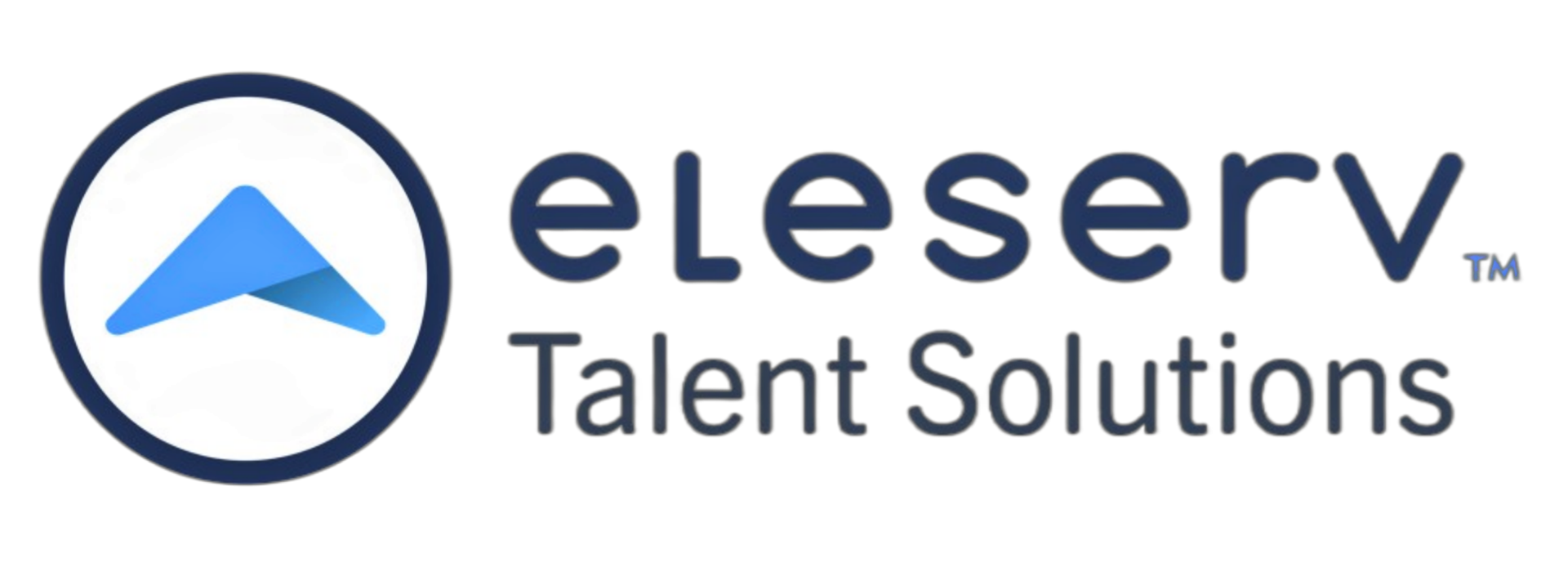I Don't Want to Hire Them Because; Avoiding Unconscious Bias in the Hiring Process
Unconscious bias deeply influences hiring decisions without the decision-maker even realizing it. We all have biases. The bias could be as simple as “they went to that school?” or very deeply ingrained extending to things as deeply ingrained to extend to appearance. Unconscious Bias is the underlying set of stereotypes and preconceptions that can subtly shape our views on candidates, and it can have a profound impact on the diversity, inclusivity, and overall quality of the hiring process. If we all have them, how do we mitigate this. One effective way is to insert an effective job-related measurement into the hiring process that measures everyone the same. Measuring an individual’s job-related skills or behavioral job-fit is one way to ensure that decisions are made based on objective data, not biases.
Real-Life Experiences of HR Professionals
Two close friends of mine, both working in reputable firms as HR professionals, have shared contrasting experiences regarding bias in hiring:
One of them faced an alarming situation where a hiring manager suggested she dismiss a candidate based on her appearance—specifically, for wearing dark lipstick. The manager went as far as to claim that the candidate seemed “over smart” even before the interview took place. This clearly highlights how personal biases can derail a fair hiring process. Without giving the candidate an opportunity to showcase her qualifications or skills, she was judged on superficial factors unrelated to her ability to perform the job.
Another friend, however, mentioned that she hasn’t encountered such blatant instances of bias. This contrast shows that while bias in hiring can be prevalent, it is not universal—some organizations are more vigilant about enforcing fair practices, while others might still be grappling with their own challenges.
How Skills and Behavioral Assessments Can Help
By integrating skills and behavioral assessments into their hiring process, organizations can ensure that hiring decisions are based on merit rather than subjective impressions. These assessments focus on a candidate’s ability to perform the job, their problem-solving skills, and their adaptability in various work scenarios among other things, regardless of how they look, dress, or present themselves.
Specific way that these types of assessment can help prevent unconscious bias are:
- Objective Evaluations: When you rely on structured tests and assessments, the focus shifts to a candidate’s competencies and ability to handle real-world scenarios. This leaves less room for biases based on appearance, gender, or background to affect decisions.
- Consistency in Measurement: Skills and behavioral assessments provide consistent metrics to evaluate all candidates, ensuring that each person is measured against the same set of criteria. This fosters a level playing field, where everyone is judged by their performance rather than by first impressions.
- Focus on Role-Specific Skills: These assessments allow hiring managers to focus on the skills that truly matter for the job. By emphasizing the technical skills necessary for the role, unconscious biases based on cultural or personal preferences are minimized.
- Data-Driven Decisions: With the insights provided by assessments, hiring managers can make data-backed decisions. This ensures that choices are based on a candidate’s qualifications and potential, rather than gut feelings or stereotypes.
Moving Towards Fairer Hiring
The first step to cultivating a more inclusive and fair hiring process, it’s essential to acknowledge the presence of unconscious bias and take proactive measures to mitigate it. Skills and behavioral assessments are powerful tools in this effort. They shift the focus to what really matters—competence, talent, and fit for the role—allowing every candidate to be judged fairly, regardless of their background or appearance.
Incorporating these tools can help organizations not only build stronger teams but also promote diversity and equality in the workplace. After all, the goal of hiring should be to find the best person for the job, not the person who fits a biased Mold.


